
Publishers, over the last decade, have increasingly invested in LGBTQ books for teens. There are so many stories out there now, and so many good ones. Choosing only five was almost impossible, until I decided to go with a few older books that have really stuck with me. So, here are five young LGBTQ books that live rent-free in my head and in my heart.
Each of Us a Desert by Mark Oshiru is about a girl, Xochitl, who takes upon herself the secrets of her village people, carries them into the desert, and leaves them there. Once she is finished, she no longer remembers them. Until someone tells her a secret that she can't bear to forget. Breaking this pattern will further anger the god Solís, who has brought a drought on their town. When Xo meets Emilia, the daughter of the town's mayor, they take a journey across the desert to change Xochitl's fate, and they fall in love along the way. There are many reasons I love this book so much. One of them is the unapologetic use of Spanish words and phrases. Oshiru doesn't explain the meanings, or restate the words in English. It lends an authenticity to the work that is seldom seen in young adult literature. The love story takes a backseat to Xochitl's coming of age story. It's also one of the most beautifully written pieces I've ever read. It's been years since I read this work and I still think of it often.
Aristotle and Dante Discover the Secrets of the Universe by Benjamin Alire Sáenz follows two boys over one summer. Aristotle (Ari) and Dante meet at the beginning of the summer when Dante offers to teach Ari to swim. Over the course of the next few months, these opposites become best friends, giving Ari the support he needs to discover who he really is. In most young adult literature, and especially LGBTQ stories, the parents are absent but Sáenz gives us two characters with loving, supportive parents who are learning alongside their kids. Ari's greatest enemy is not his parents, or society, but himself and his own anxieties. If you have the chance, listen to the audiobook. It's narrated by Lin-Manuel Miranda and is done perfectly.
They Both Die at the End by Adam Silvera is appropriately named. You'll need tissues for this one. Mateo and Rufus are strangers but they both got the call from Death-Cast, a service that lets people know when they have fewer than 24 hours to live. They then meet on an app for people who got the call and want a friend for their last day alive. Mateo is an introvert, who challenges himself to live his last day to the fullest. Rufus is tough, but cares deeply for his friends. The two decide to accompany each other as they say their goodbyes to their friends and families. Over the course of a day, Mateo and Rufus fall in love. They do, indeed, both die but, by the end of the book, I had forgotten Silvera's promise and was devastated. It's a story of love, of no regrets, and mostly of living.
The 57 Bus: A True Story of Two Teenagers and the Crime that Changed Their Lives by Daska Slater was so captivating, I forgot it was nonfiction. It is about two kids on the 57 Bus in San Francisco. Sasha is a white, middle-class, agender student at a private school. Richard is a financially-challenged, light-skinned Black student at the public school. Sasha loves public transit. Richard loves making his friends laugh. One small action leaves Sasha with third-degree burns and Richard in handcuffs. The 57 Bus is about race, class, gender, and the justice system. It's about forgiveness, love, and support or lack thereof. It takes this black-and-white nation-wide news story and colors it in and you won't be able to forget it.
Melissa by Alex Gino earns a spot on this list, not only for the story—though the sweet story of a little girl who wants to play Charlotte in her school's play but can't because she was assigned male at birth is a wonderful middle grade book for every age—but because of how Alex Gino as an author and Scholastic as a publisher grew and changed over the life of the book. The book was originally published under the title George, the character's deadname. Gino, who was new to publishing, took action themselves and encouraged readers to take a sharpie to their copies and change the name to Melissa, the character's name. Librarians were discussing whether or not to change the name in the catalogues, even if they had already changed it on the cover. But Scholastic stepped up and also changed the title, replacing George with Melissa faster than some family members learn a new name. If this list has skewed a little dark (as YA lit often does), let Melissa brighten your day.

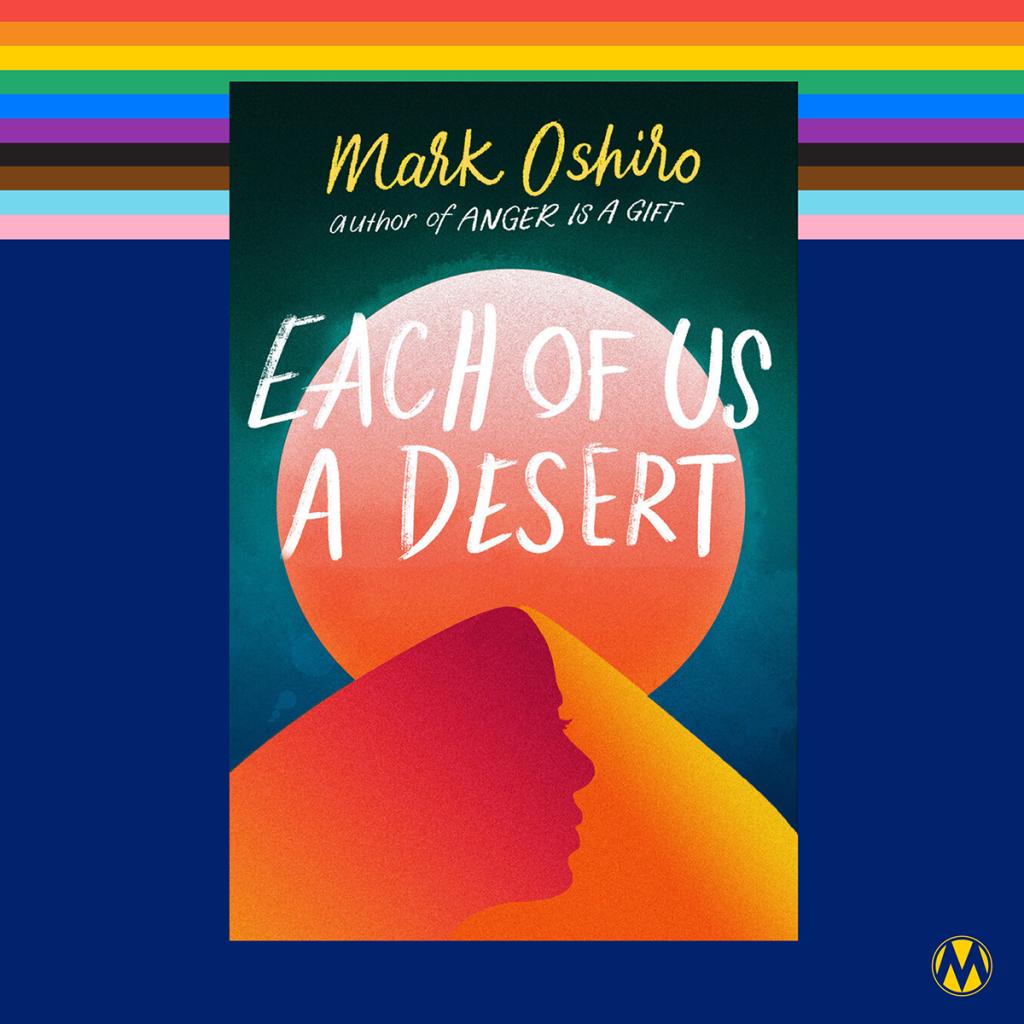
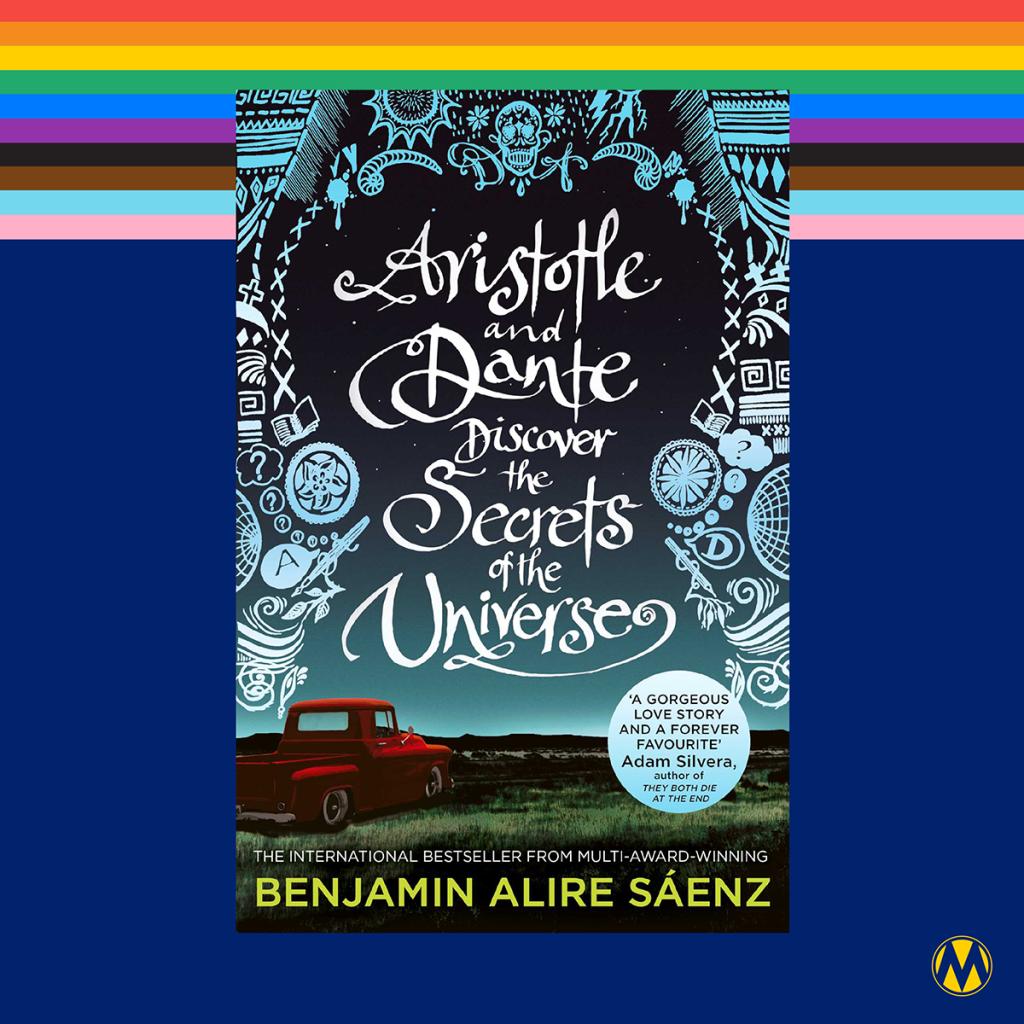
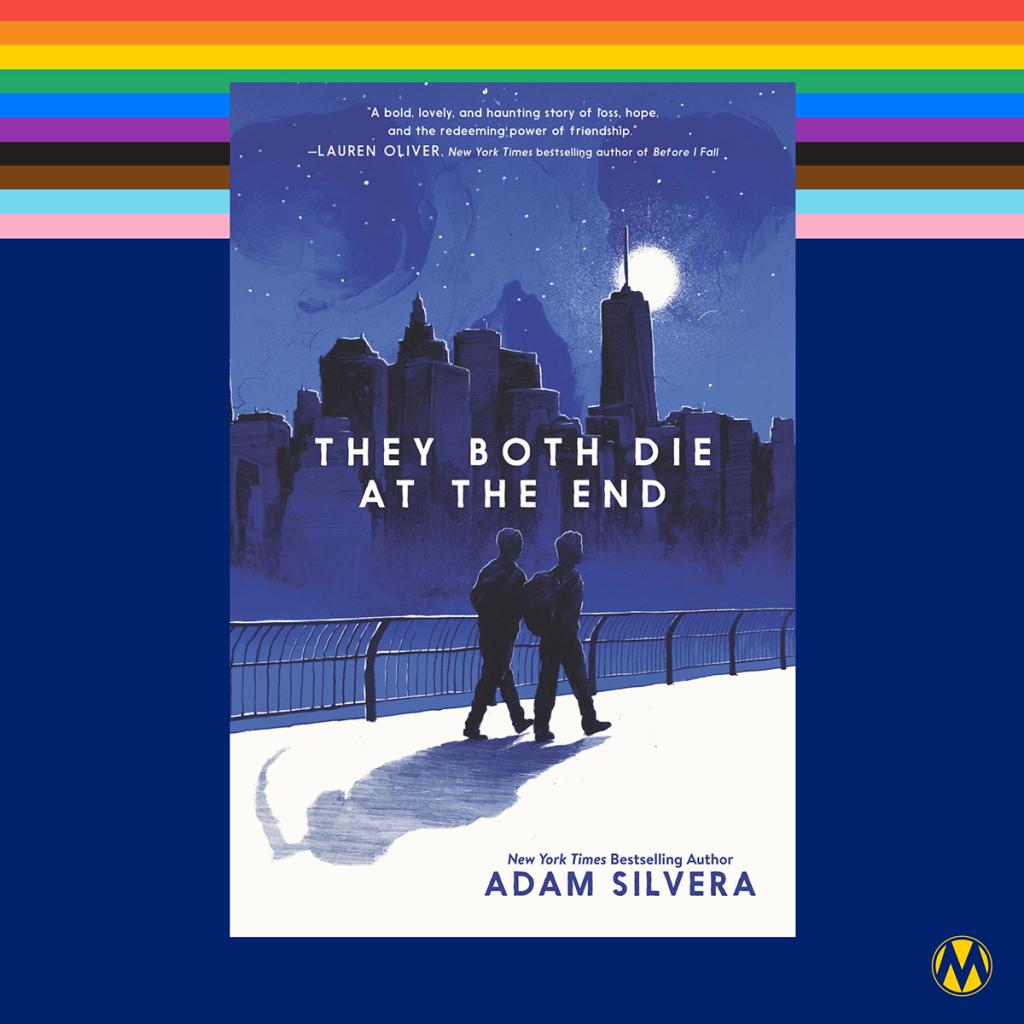
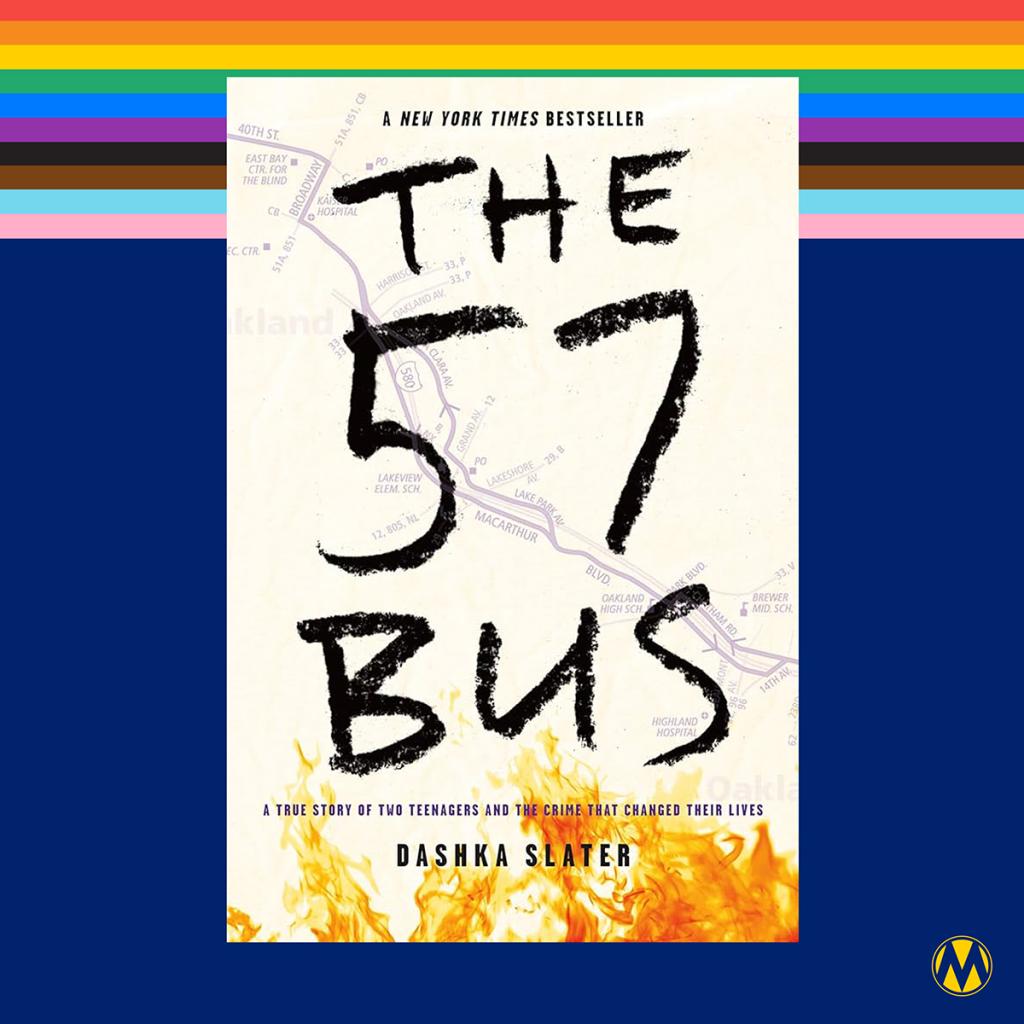
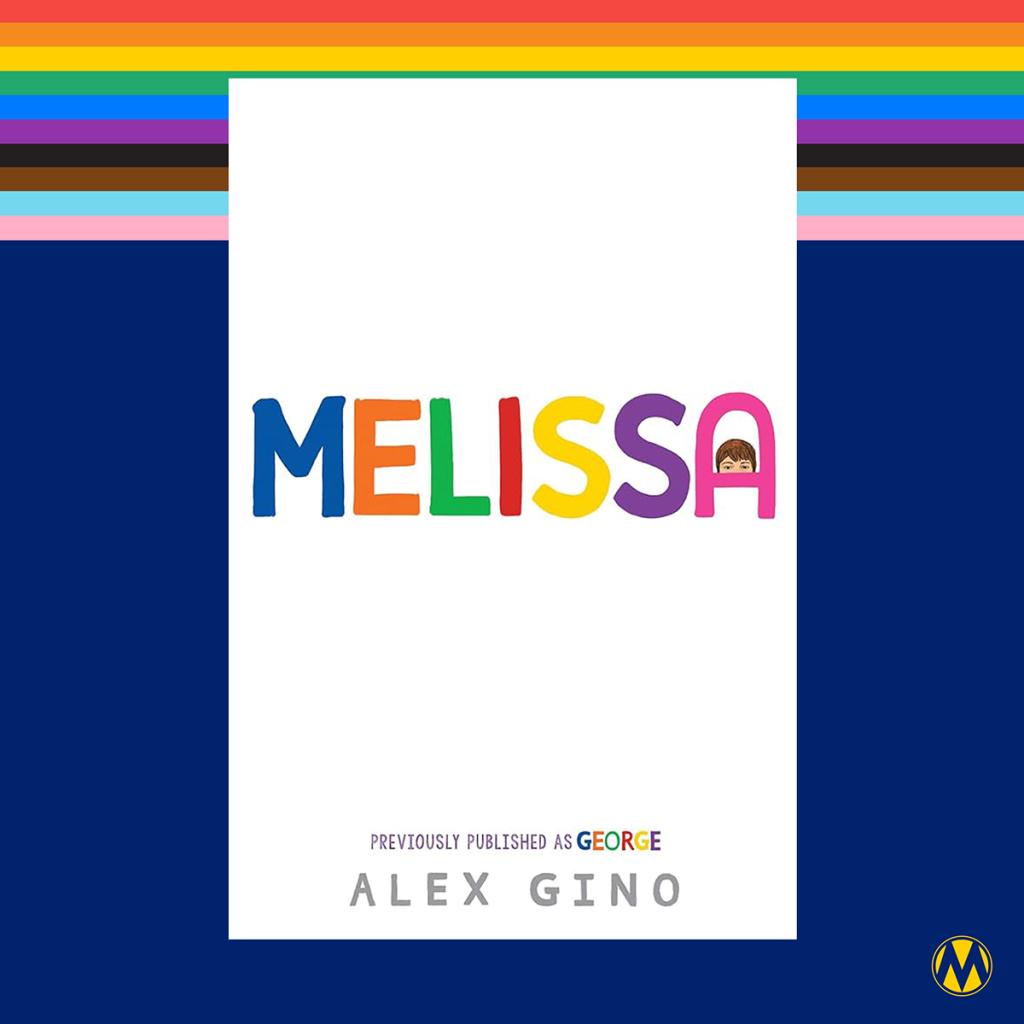


The views and opinions expressed in this post are those of the author(s) and do not necessarily reflect those of MomsRising.org.
MomsRising.org strongly encourages our readers to post comments in response to blog posts. We value diversity of opinions and perspectives. Our goals for this space are to be educational, thought-provoking, and respectful. So we actively moderate comments and we reserve the right to edit or remove comments that undermine these goals. Thanks!